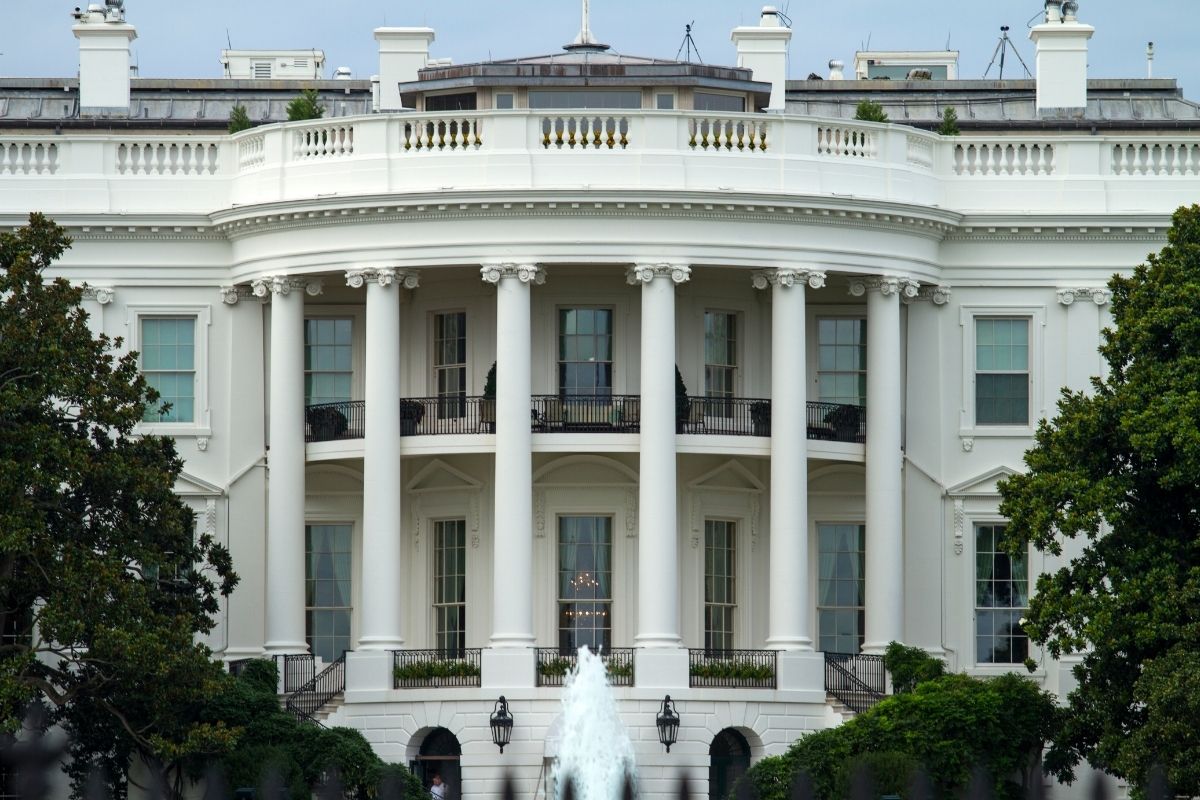President Trump’s Pressure to Cut Interest Rates in 2025 Has Dominated Headlines. However, in My View, There Are Several Reasons to Anticipate a Significant Shift in the Structure, Responsibilities, and Processes of the Federal Reserve Next Year. These changes could affect the central bank’s independence and its ability to set effective monetary and supervisory policy, ultimately influencing the value of the dollar, long-term bond term premiums, and the multiples at which equities trade.
Personnel Policy
Moderation in the Fed’s interest rate decisions will only be viewed positively if data supports it; otherwise, the dollar could depreciate and long-end yields could rise, as the market would price in higher inflation and less confidence in monetary policy. In other words, government pressure to cut rates in the short term may come at a cost if the Fed deviates from its usual playbook.
That playbook, moreover, only works if those implementing it are equally effective. A change in the Fed chair was already expected in May 2026, but now, with the president’s attempt to remove Lisa Cook, a member of the Board of Governors, it is likely that most of the seven members will be Trump appointees: a possible replacement for Cook, in addition to Michelle Bowman, Christopher Waller, and the newly added Stephen Miran. The governors are part of the 12-member FOMC (Federal Open Market Committee — responsible for setting interest rates), along with the president of the Federal Reserve Bank of New York and four other rotating regional Fed presidents who serve one-year terms. Although there are 12 regional presidents, only the New York Fed president holds a permanent seat on the FOMC.
The composition of the Board in 2026 will matter for three key reasons:
- The terms of the 12 regional presidents expire on the last day of February 2026, and the Board will decide who fills those posts for the next five years. It is plausible that a Board aligned with Trump could block the reappointment of a more hawkish regional president, or at minimum, influence the thinking of those seeking reappointment.
- The Board, not the FOMC, is responsible for banking regulation, although this responsibility could change, as explained below. Therefore, Trump’s ideas about deregulation could gain traction in a newly configured Board.
- The Board has the final say over the discount rate, the rate at which financial institutions can borrow directly from a Federal Reserve Bank; this rate acts as the ceiling for the federal funds rate.
Potential Interference in Fed Tools
As appointments unfold in the coming months, several areas should be monitored where the Fed’s authorities and tools could change:
Interest on Excess Reserves: One area of bipartisan agreement is the desire for the Fed to stop paying interest on excess reserves that banks are required to hold. Could we see a tiering of these payments starting next year, as scrutiny of the Fed increases? This would bring the Fed closer to the practices of other central banks and eliminate controversy around payments to commercial banks — including foreign ones — instead of to the Treasury.
Quantitative Tightening (QT): QT may conclude in 2026 when reserves reach a level that begins to affect market liquidity. So far, the Fed has reduced its balance sheet through QT, initially by trimming repo operations and more recently the Treasury General Account, without affecting bank reserves. It is worth recalling that earlier this year, the Fed significantly slowed its reduction of Treasury securities to prolong the process and ease the impact on liquidity. An independent Fed would likely consider equating the Treasury General Account with Treasury bill holdings and may be interested in shortening the duration of its fixed-income portfolio over time. But this is another area where personnel changes could be decisive, with implications for the composition and size of the Fed’s balance sheet.
Supervisory Powers: Treasury Secretary Scott Bessent recently highlighted the need to reduce the Fed’s role as the “chief regulator of U.S. finance,” a role he believes has yielded disappointing results since it was expanded under the Dodd-Frank Act. Specifically, Bessent has advocated transferring banking supervision to the Federal Deposit Insurance Corporation (FDIC) and the Office of the Comptroller of the Currency (OCC).
Implications for the Dollar, Fixed Income, and Equity Markets
Any change in the Fed’s powers and policies can have wide-ranging consequences, particularly in the following areas:
U.S. Dollar Liquidity: Currency swap lines — agreements in which the Fed exchanges dollars for foreign currencies with other central banks — are gaining importance globally. While the Fed has been a reliable source of dollar liquidity during times of global stress, the upcoming appointment of a new chair has raised concerns among other central banks about a potential shift. The Trump administration argues that such liquidity is a favor to allies, not an obligation. In response, proposals have emerged to allow central banks with large dollar reserves to lend to each other instead of relying on the Fed. If this materializes, in a crisis, those banks might liquidate their dollar reserves — invested in U.S. Treasury securities — destabilizing the debt market and forcing the Fed to act as buyer of last resort or to cap repo rates.
Yield Suppression: Bessent and other administration members have repeatedly emphasized the need for Treasury and the Fed to “row in the same direction” to redirect the economy. The implicit message is that it may be necessary to lower yields at some point to boost domestic production and reduce reliance on China — a strategy that would require continued fiscal spending and higher federal debt. Fiscal discipline can only come from the bond market and an independent Fed that bases its policies on the economy, not the Treasury’s needs. But if the Fed’s independence is constrained by those promoting more spending, bond markets may demand higher term premiums. Over time, in the event of a recession, a compliant Fed would likely be called upon to step in and cap interest rates to reduce the cost of public debt.
Higher term premiums could also weigh on equity valuation multiples, by increasing uncertainty around the institutional framework of U.S. monetary and fiscal policy. The possible outcome: Fixed income and equity market participants could react negatively to any signs of a diminished Fed ability to fight inflation. Greater inflation volatility is typically negative for long-term asset returns.
Beyond Interest Rates: A Question of Institutional Control and Long-Term Efficiency
If the administration increases its influence over the Fed, scrutiny over resource allocation, research agendas, and staffing decisions at the central bank is likely to rise. Criticism over staff size and daily operations could also lead to higher turnover at the institution. Additionally, efforts to audit the Fed may resurface, reinforcing demands for accountability. If realized, all these factors could significantly impact the Fed’s decision-making process and its ability to act independently and swiftly in times of crisis.
While markets tend to focus on short-term interest rate decisions, a broader issue is at play related to the regulation, supervision, and operation — the architecture — of central banks, with much wider implications, which I will continue to monitor closely in the coming months.
Opinion Column by Juhi Dhawan, Macro Strategist at Wellington Management




